Table of Contents
In the Edo period, people wished to visit Ise Jingu at least once in their lives, the “hometown of the heart” of the Japanese people. The locals call it “Oise-san” and have been familiar with it for a long time. Even today, it remains a place that every Japanese person wants to visit at least once.
This time, we visited Ise Jingu with gratitude for the peaceful era of "Heisei", so we will introduce it.
Following the previous Geku, let's go to the Naiku.
Click here for articles on Geku
What kind of place is Ise Jingu?
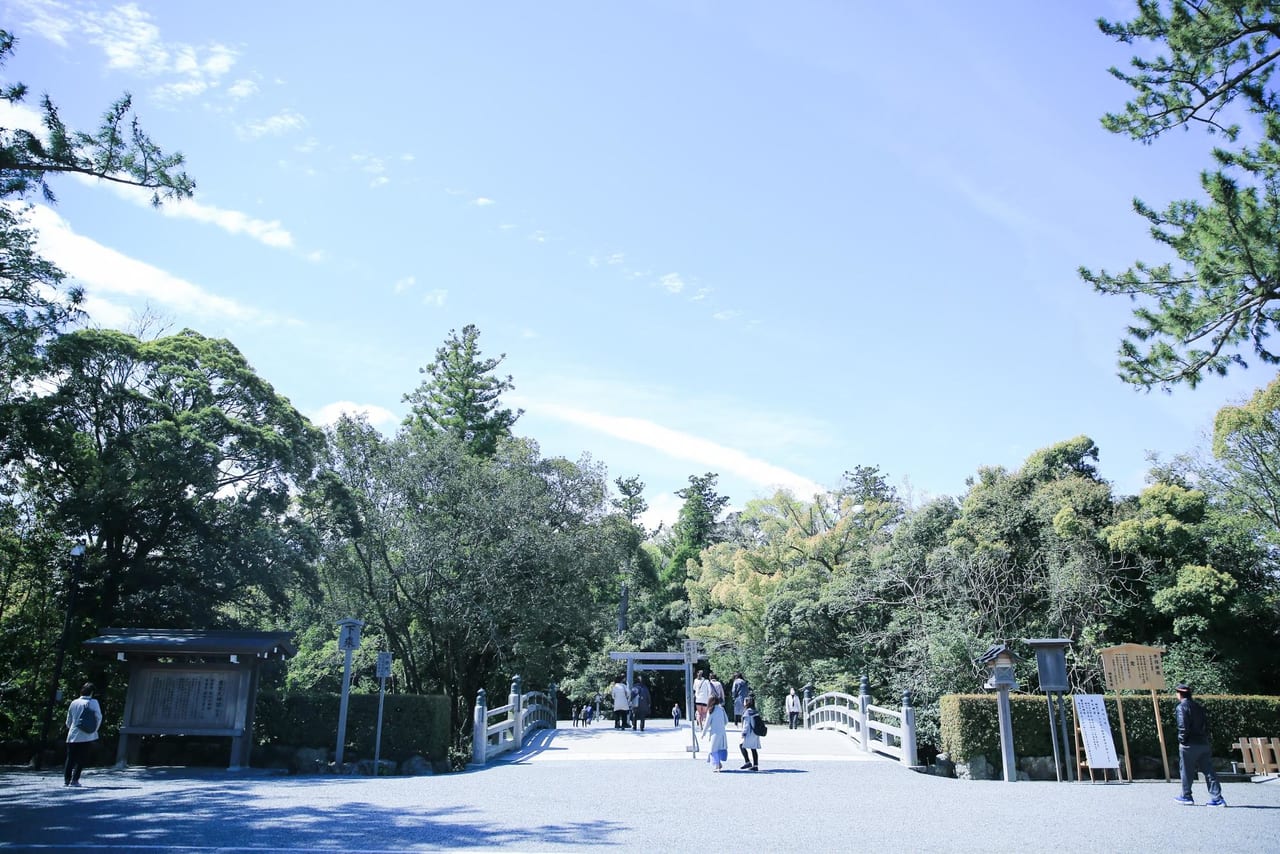
Ise Jingu is affectionately called "Oise-san" or "Daijingu-san", but its official name is "Jingu". The "Naiku" (inner shrine) enshrines "Amaterasu Omikami", the ancestor of the imperial family, who is likened to the sun, and is worshiped from all over the country.
On the other hand, the "Geku" (outer shrine) enshrines Toyoke-no-Omikami, the god of food and protection of industry, who is the deity of Amaterasu Omikami. In addition, there are 14 separate shrines, 43 auxiliary shrines, 24 subordinate shrines, and 42 jurisdictional shrines, and all of these 125 shrines are called Jingu.
The Naiku has a history of about 2,000 years and the Gegu has a history of about 1,500, making it the highest shrine in Japan.
"After visiting the Geku, head to the Naiku."

It takes about 20 minutes by bus from Geku to Naiku. It has been customary since ancient times for pilgrims to visit Ise to go from the Geku to the Naiku. However, because Naiku is adjacent to Okage Yokocho, many people think that Ise Jingu is Naiku only, or many of them don't have the time to visit Geku.
However, when visiting Ise Jingu, visiting either the Outer Shrine or the Inner Shrine is called "kata-mairi," and is considered an act to be avoided.
Therefore, when visiting Ise, please plan your schedule and visit both shrines.




![[Tokai Area] Shrines and Temples](https://life-designs.jp/wp/wp-content/uploads/2022/03/4b6784b9a0a6f408160ee9c32a307138-1024x580.png)
![[Tahara] Year of the Tiger! I went to "Torano Shrine" in Tahara City](https://life-designs.jp/wp/wp-content/uploads/2021/12/d0bcf6e9c39c9d5ca563199fb9b86b2e-1-656x437.jpg)
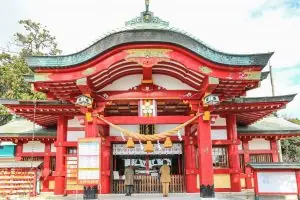
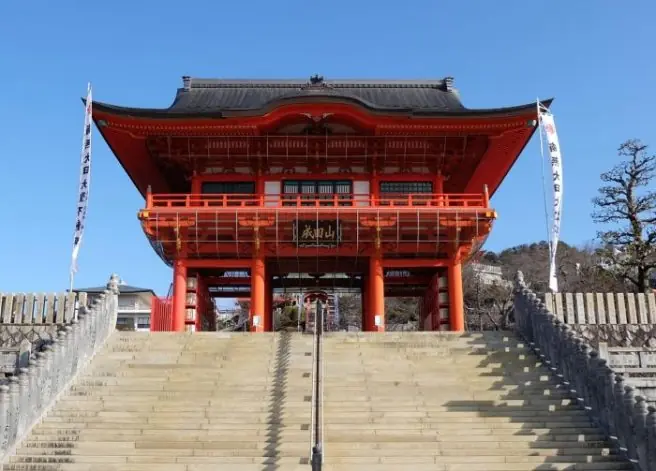

![[Indoor Facilities] Where to Go on Rainy Days in Tokai Area! For Family Outings!](https://life-designs.jp/wp/wp-content/uploads/2023/07/FotoJet-23.jpg)





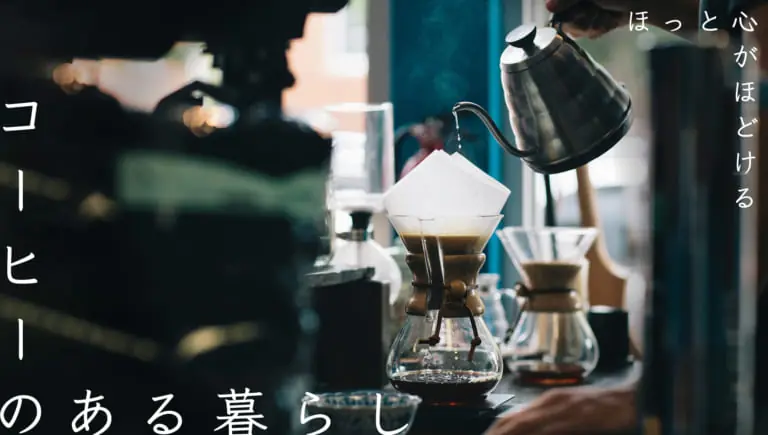
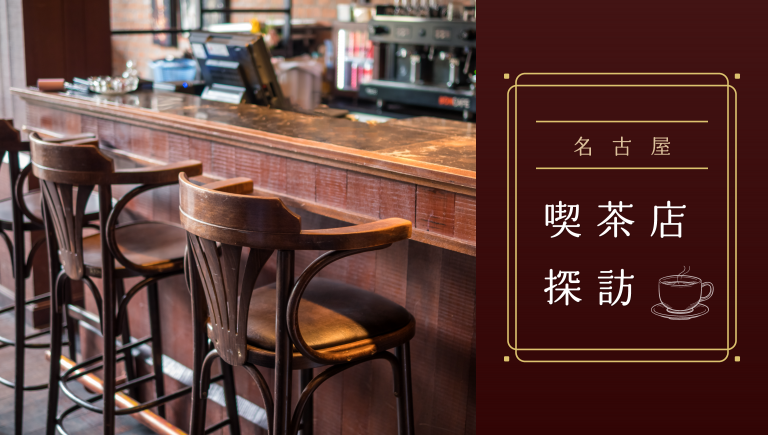
![[Sauna Specials] Feel Revitalized in Sauna!](https://life-designs.jp/wp/wp-content/uploads/2021/07/Sauna-1024x580.jpg)
![[Tokai Area] Scenic Spots which You'll Never Forget](https://life-designs.jp/wp/wp-content/uploads/2019/12/LD_banner_w1920x1088_prospect-1-1024x580.jpg)
![[Osu Special Feature] A City of History and Uniqueness](https://life-designs.jp/wp/wp-content/uploads/2022/03/01_Osu-1-1024x580.png)
![[Enjoy Kuwana! ] From Classic to the Latest Spots](https://life-designs.jp/wp/wp-content/uploads/2022/11/Kuwana_w1920x1088-1-1024x580.png)
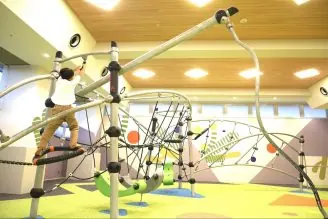
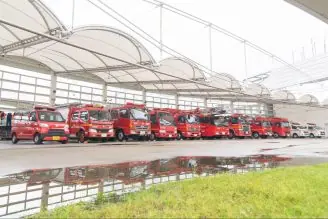
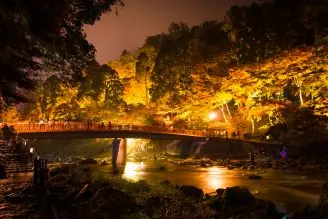
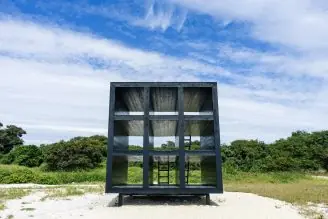
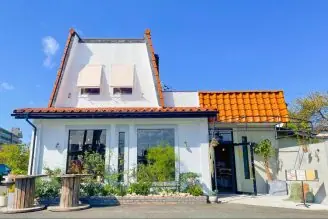

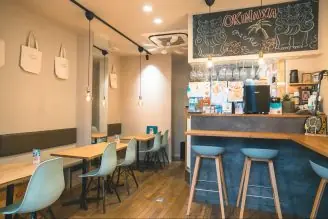
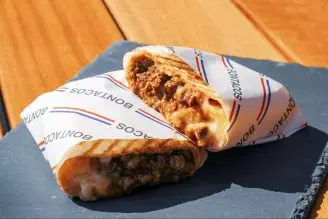
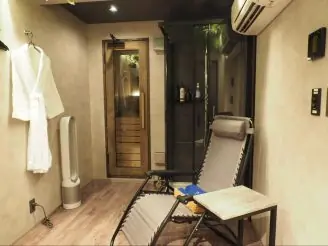



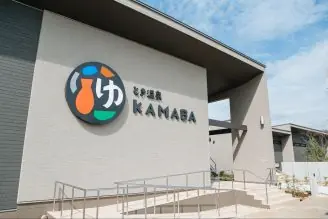
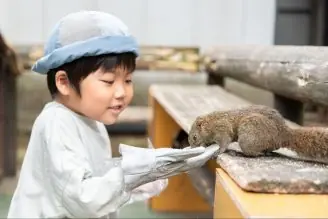
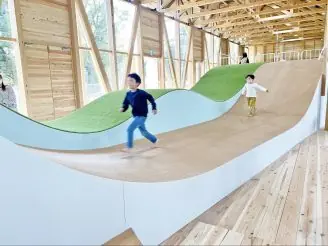

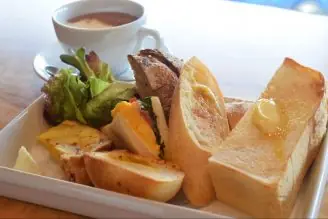
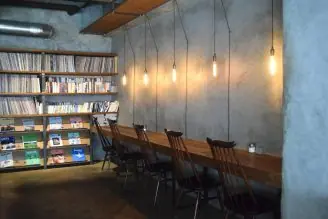


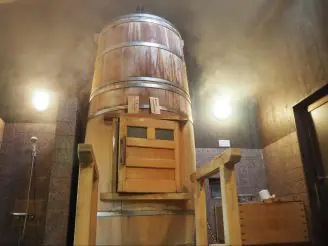

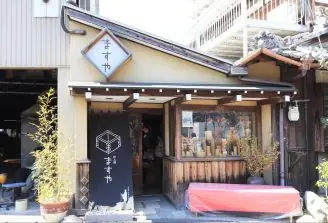
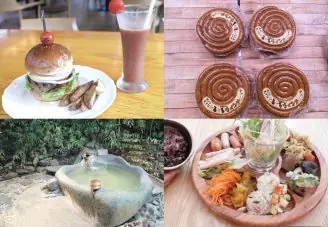
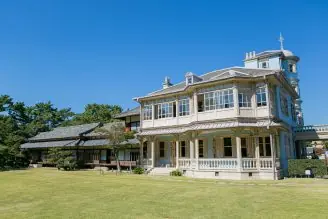
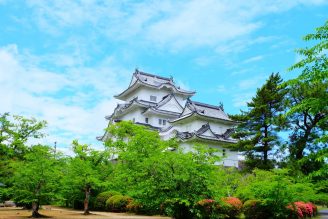
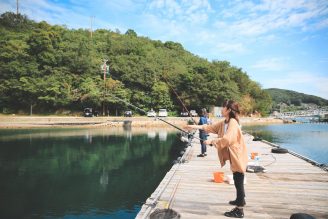
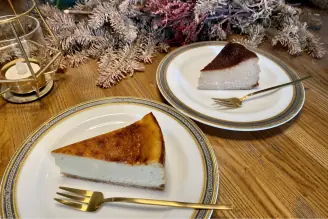
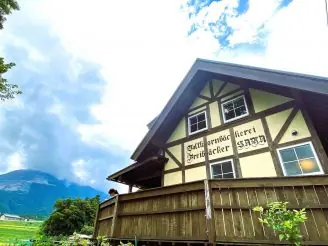
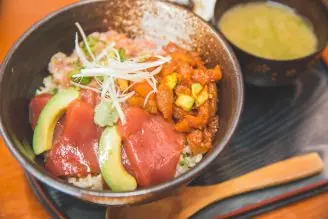
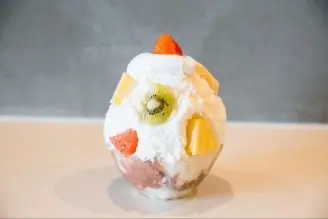
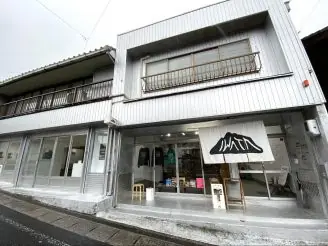
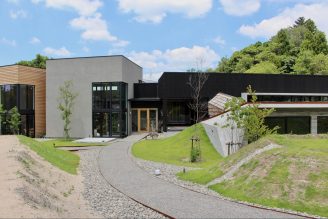
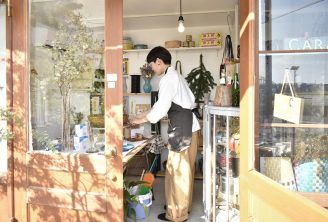
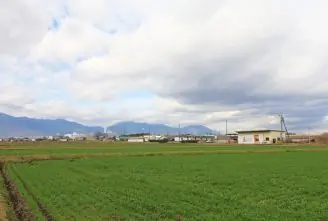

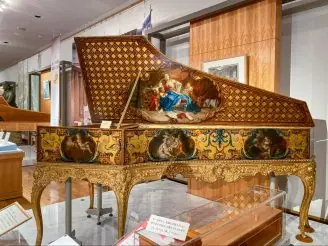

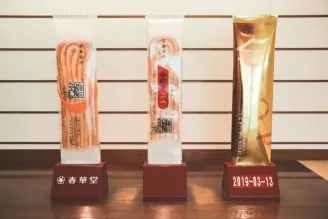






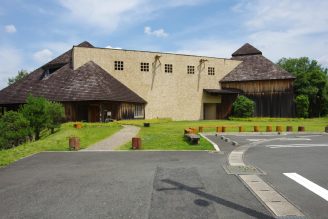
![[Indoor Facilities] Where to Go on Rainy Days in Tokai Area! For Family Outings!](https://life-designs.jp/wp/wp-content/uploads/2023/07/FotoJet-23-1024x768.jpg)
![Onigiri is hot right now! Summary of Osu's Onigiri Specialty Shops [5 selections].](https://life-designs.jp/wp/wp-content/uploads/2023/11/onigiri-1024x768.jpg)
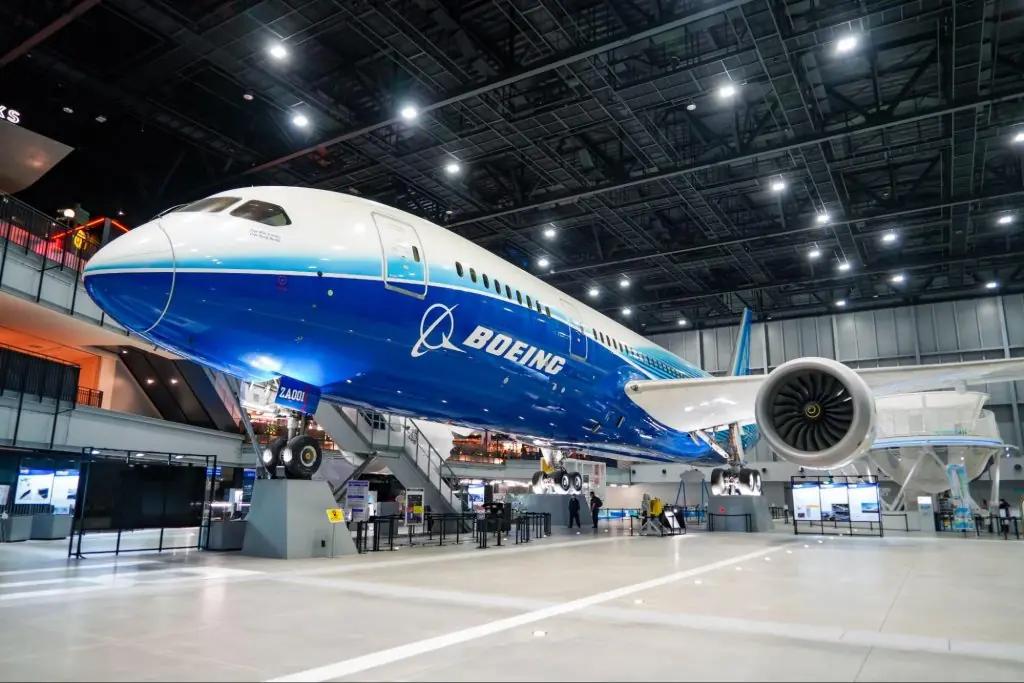
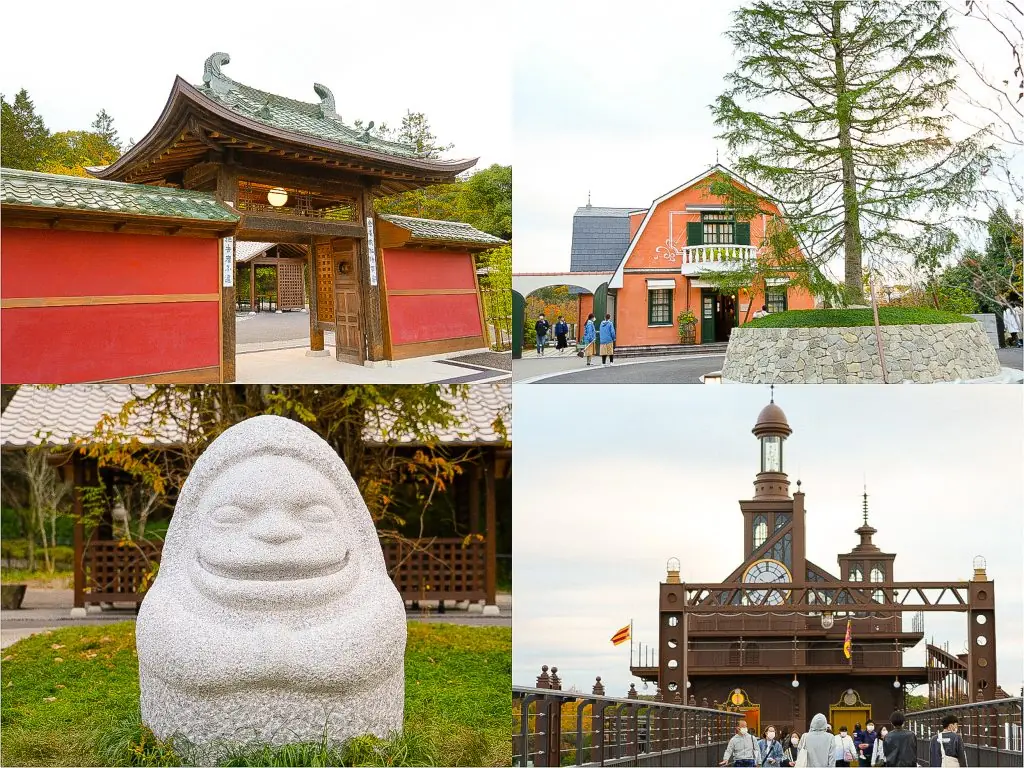
![[Within 2hrs by Car] 12 Outing Areas where You can Go on a Day Trip from Nagoya!](https://life-designs.jp/wp/wp-content/uploads/2023/07/odekake12_w1200h900_20240422-768x576.png)
![[Aichi, Gifu, Mie] 30 Family-Friendly Spots to Go in Winter!](https://life-designs.jp/wp/wp-content/uploads/2019/12/image21-1-150x106.png)
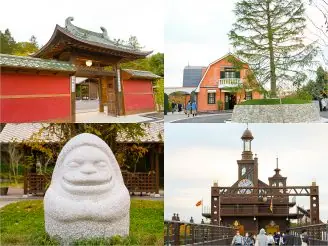
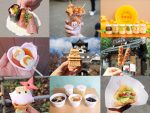
![[Nagoya, Aichi] Recommended Shops to Buy Tablewares around Nagoya](https://life-designs.jp/wp/wp-content/uploads/2019/11/image12-26-150x100.jpg)
